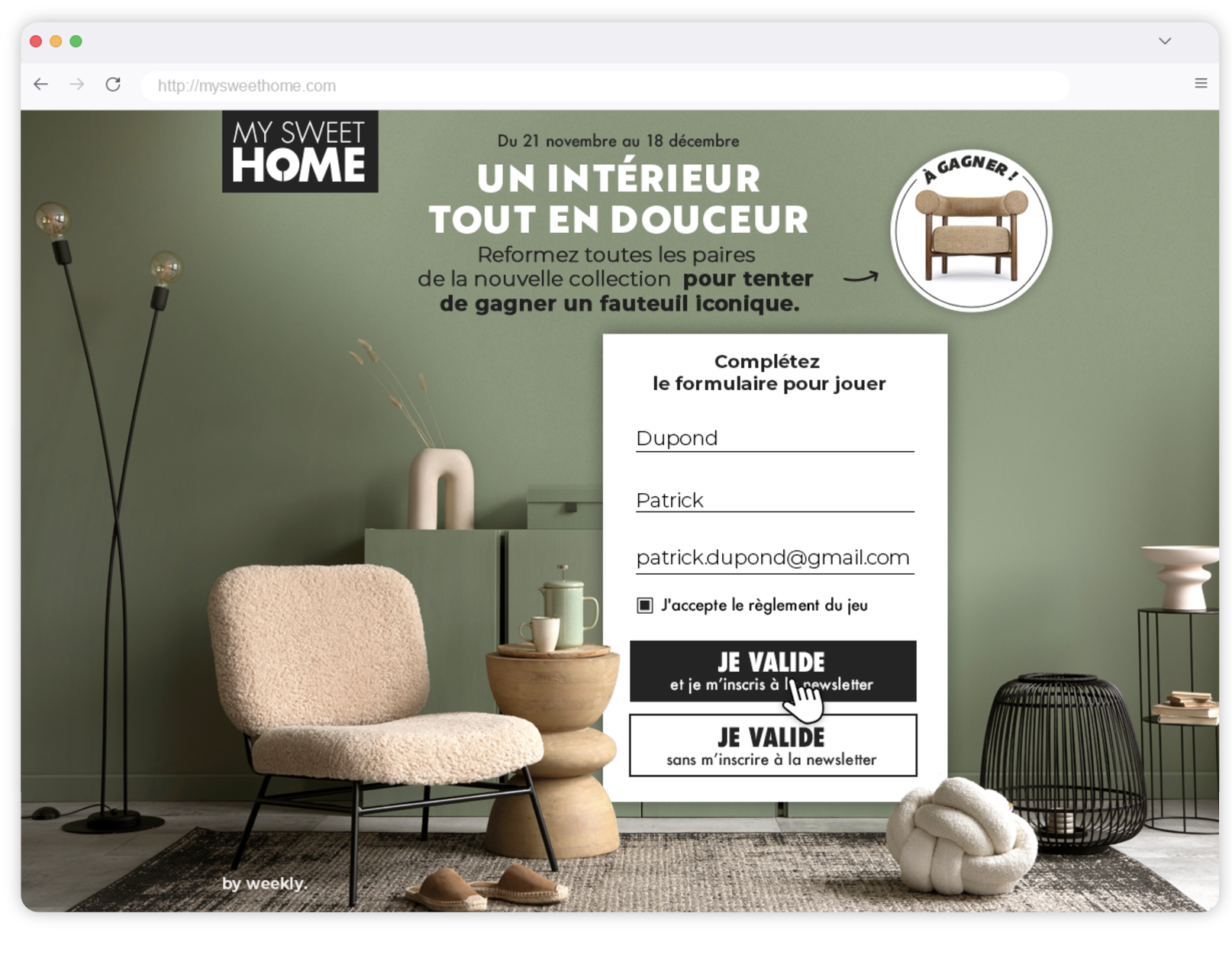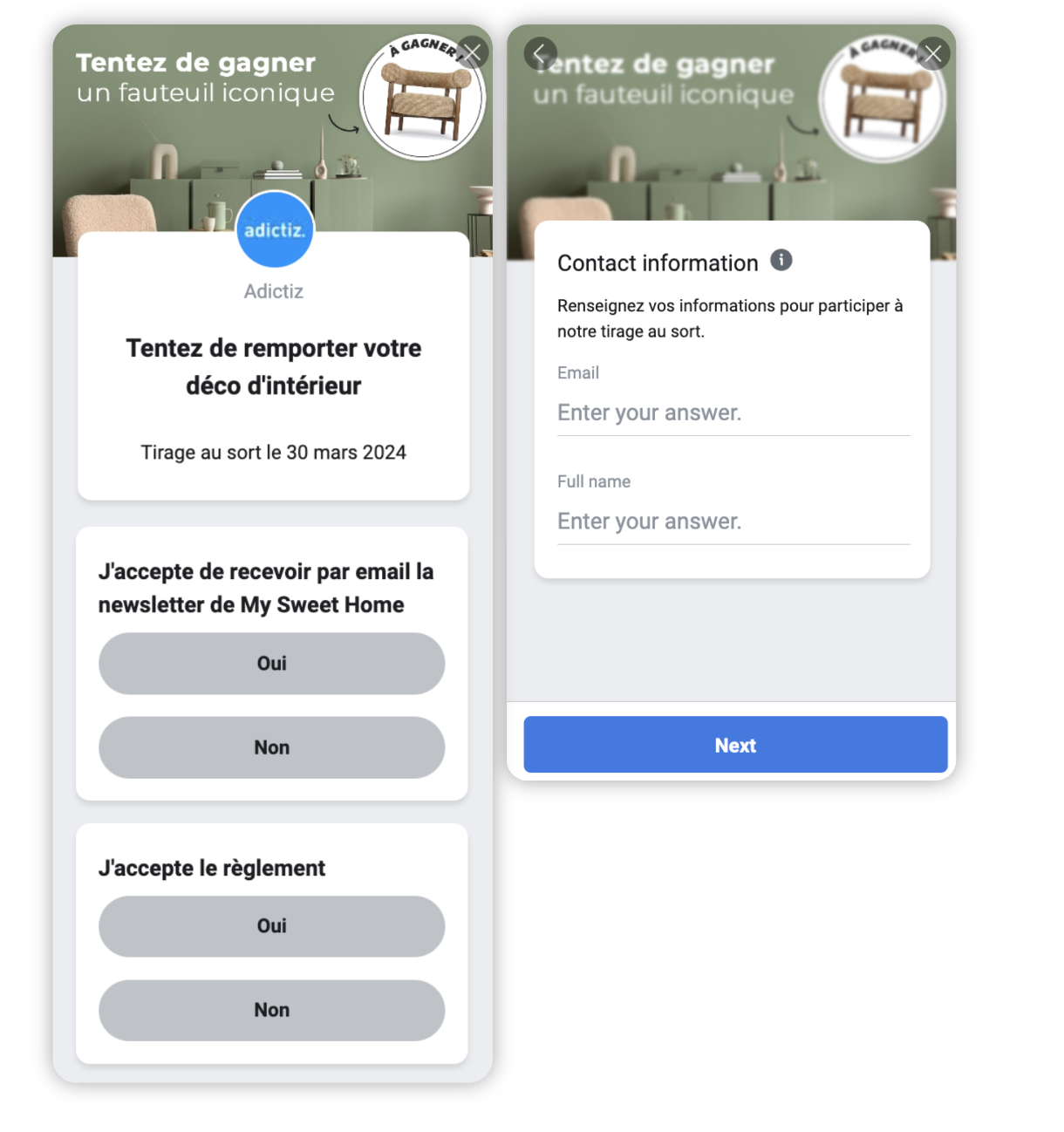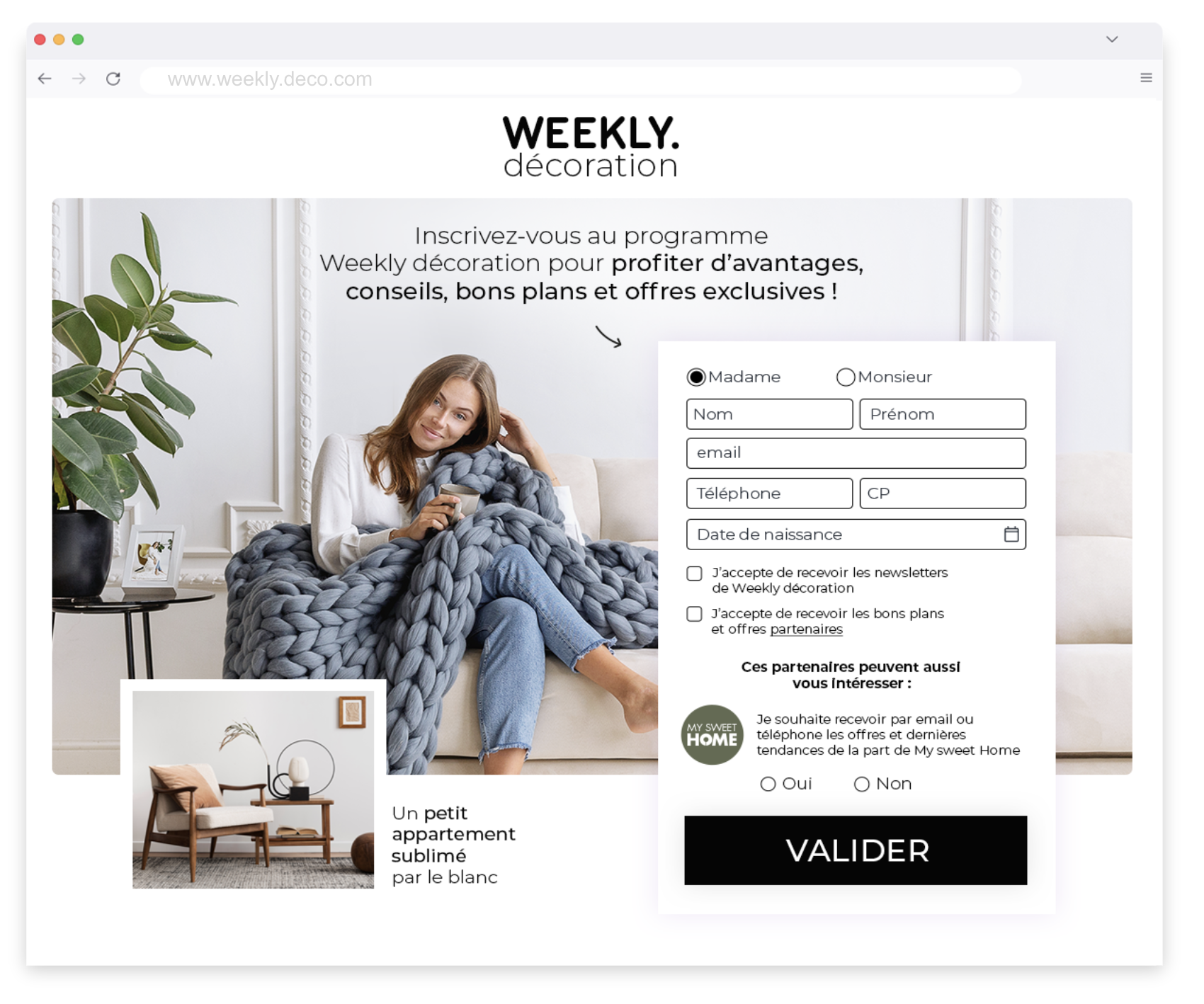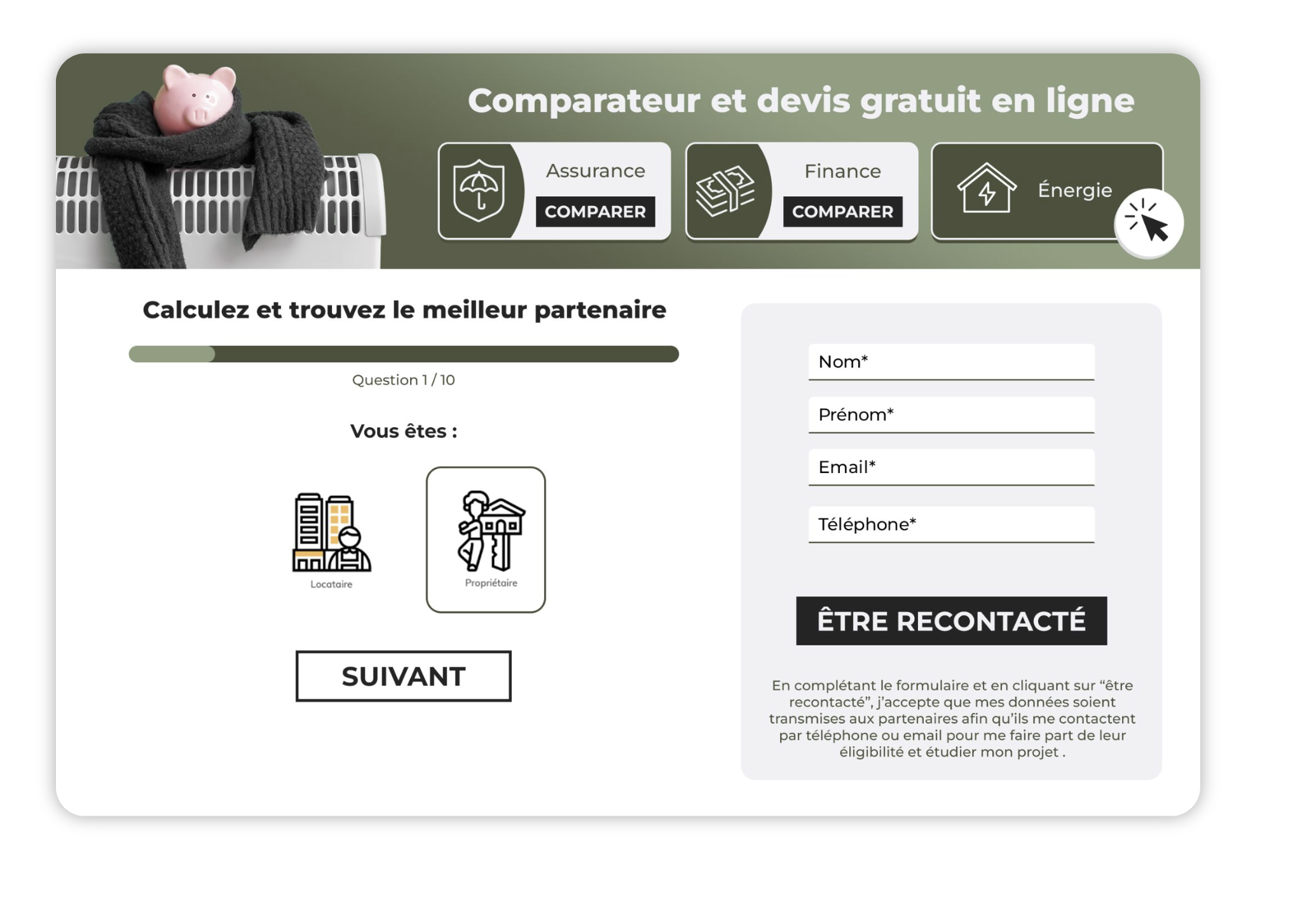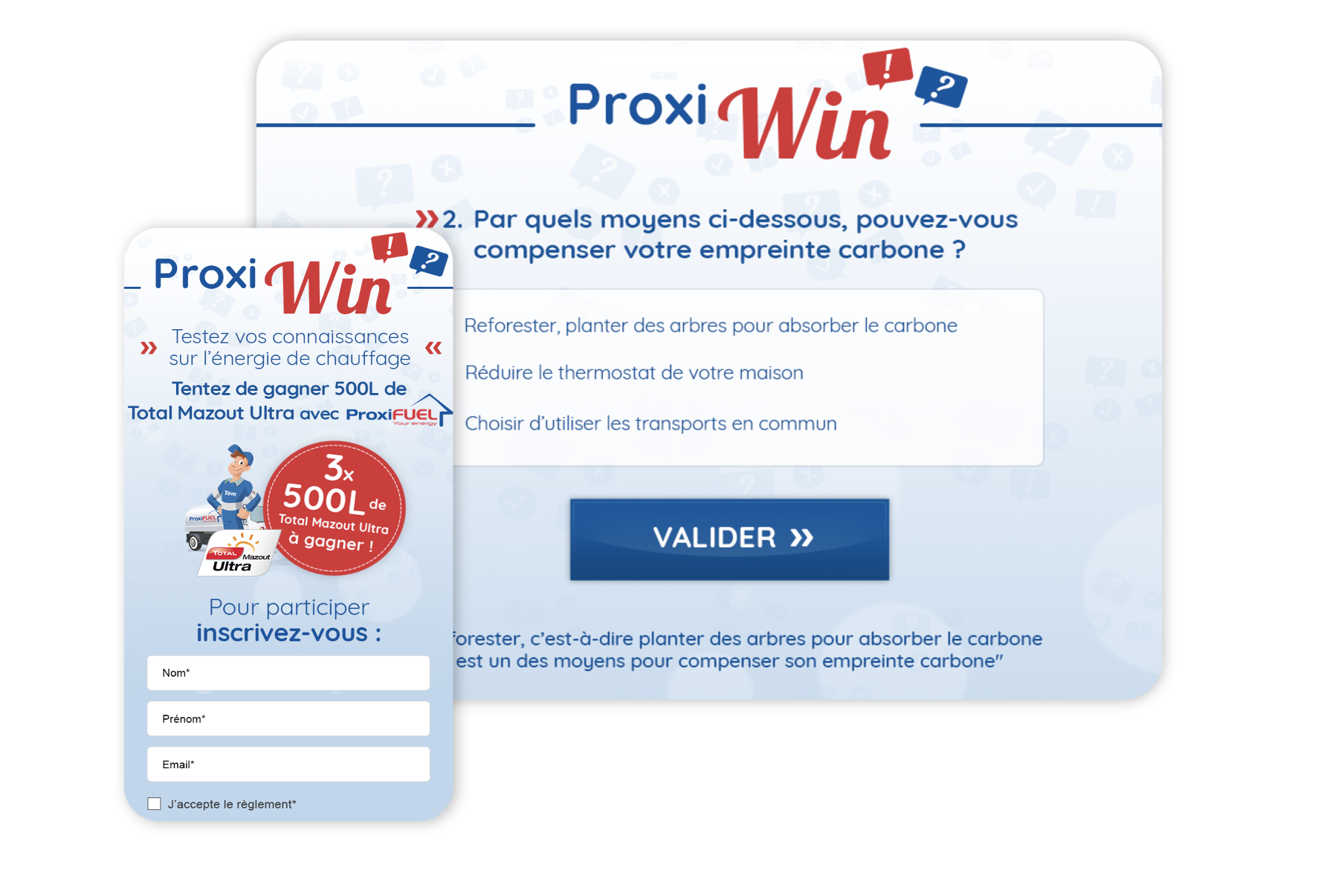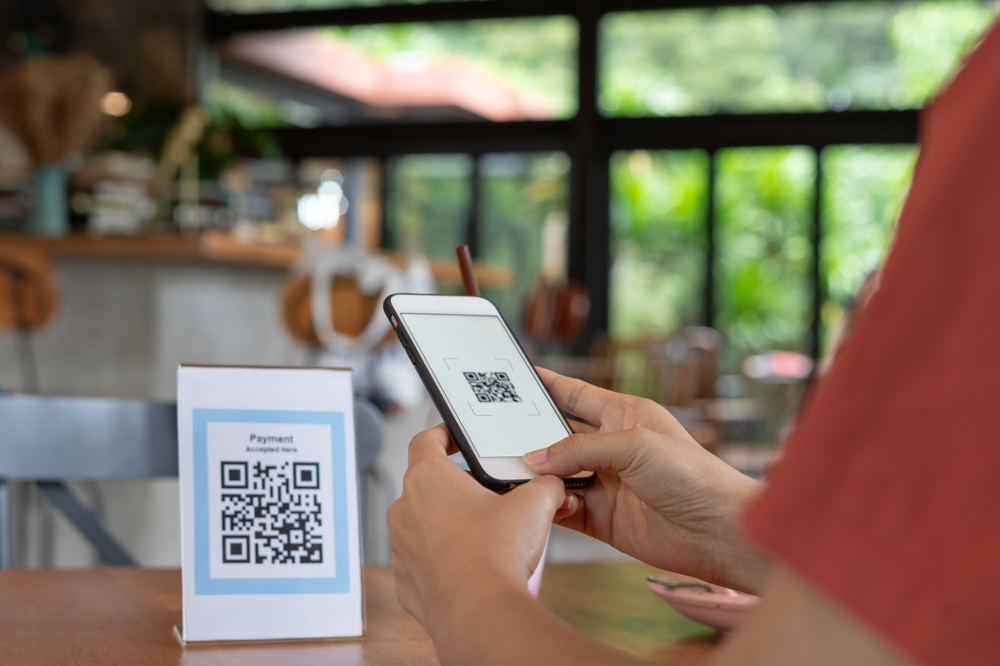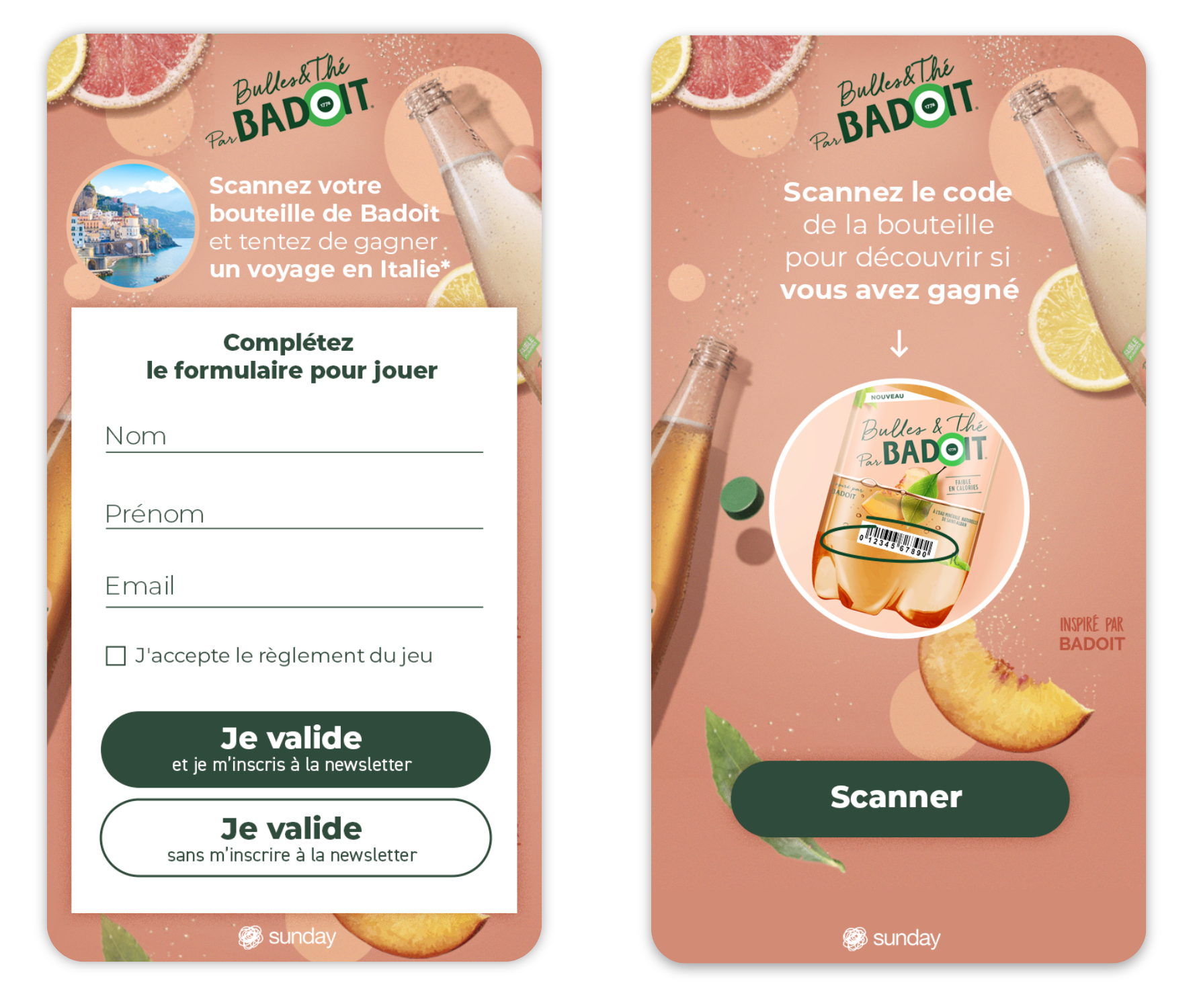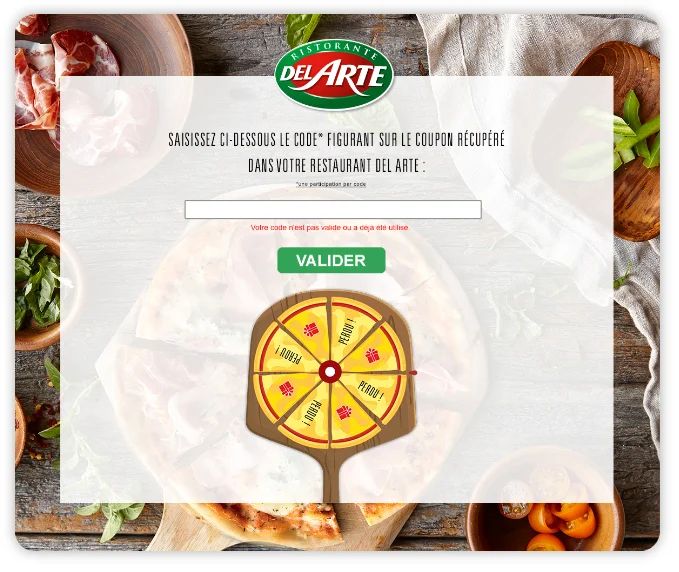
CSR marketing: how to put in place an impactful strategy
Today’s consumers are increasingly attentive to the values upheld by companies. They ask where the products they buy come from, how they are made and how employees are treated. Anxious not to fall into the trap of greenwashing, buyers expect action rather than fine words.
It is in this context that CSR marketing represents a real opportunity for brands. More than just promises, Corporate Social Responsibility commits companies to taking concrete action to protect the environment and promote social justice. By communicating these positive actions, companies can raise their profile, build a community of committed customers and stand out from their competitors.
In this article, we look at the interaction between marketing and CSR and how you can boost your communication strategy by using fun ways of raising awareness.
What is CSR?
Created by environmental and humanitarian organisations, CSR (or Corporate Social Responsibility) aims to encourage companies to make a voluntary commitment to sustainable development. Since 2010 (with the ISO 26000 standard), this concept has been governed by an international standard under which the CSR policy pursued by companies must address a number of key issues, including :
- Local development ;
- Defending human rights ;
- The application of decent working conditions;
- Actively protecting the environment (in particular by reducing its carbon footprint).
Both environmental and ethical, CSR is not just a declaration of intent. It must be translated into concrete action, throughout the company’s value creation chain. It is therefore a global strategy, encompassing the use of local and environmentally-friendly raw materials, the establishment of fair relations with all its stakeholders, the recycling of its waste and respect for more horizontal governance.
CSR is therefore a commitment to structural change, but it is also a growth factor for companies. Indeed, it is proving to be a marketing asset for brands wishing to differentiate themselves by focusing their communication on strong values (and actions).
Why integrate CSR into your marketing strategy?
While it is tricky to combine commitment and marketing, the two are not necessarily contradictory. In fact, CSR can be fully integrated into a company’s marketing strategy. Today, brands are no longer just economic players, but social players in their own right. This implies both moral and ethical obligations to produce better products. This positioning can be used to stand out in the marketplace and reach out to committed consumers.
CSR marketing can therefore encompass several elements:
Storytelling and corporate branding
By integrating its CSR initiatives into its brand territory, the organisation will create a strong narrative, more likely to generate emotions in consumers. This is the case with committed brands such as Asphalte or Respire, which strengthen the connection with their customers by communicating shared values and highlighting their authenticity and transparency.
Responding to consumer expectations
Companies must constantly adapt to the needs and aspirations of their audience. With consumers now fully aware of the ecological and social issues behind their purchasing decisions, CSR marketing enables companies to position themselves as committed brands that fully meet the demands of the new consumer-actors.
Brand differentiation
In an ultra-saturated market, CSR marketing enables companies to make a difference on more than just the price or quality of their products/services. Using recyclable materials, manufacturing in France or sharing revenues with all employees are all ways of creating a distinct brand identity.
Engagement on social networks
Communicating on your CSR policy can also be an excellent way of creating more authentic, less promotional content. Companies can share their employees’ initiatives and go behind the scenes to effectively engage their audience.
Buyer conversion and loyalty
CSR strategy can directly influence consumers’ purchasing decisions. Indeed, numerous studies show that buyers are prepared to pay more for products or services marketed by responsible companies. It is also a channel for building loyalty, as customers are more loyal to companies whose values they share.
Gamification to boost CSR marketing
To convey their values and actions in favour of the environment and social justice more effectively, companies can use more engaging marketing levers.
Gamification, i.e. incorporating playful elements into campaigns, is particularly well-suited to CSR marketing. This format enables audiences to be better engaged by encouraging interaction with the brand.
Quiz to raise awareness of CSR issues
It is also a method already well known in education (known as edutainment) for encouraging the discovery and memorisation of new information. As part of a company’s CSR policy, for example, formats such as the Quiz or Memory can be used to effectively raise awareness among employees and customers about issues such as respect for the environment.
This is the route taken by the DPD transport company to raise employee awareness of the issue of waste reduction. The company is using this interactive mechanism to involve its teams in CSR issues, but also to promote its commitments, particularly its tennis sponsorship.
As well as the format itself, which tests knowledge and retention of the new information shared in the quiz, the company banked on attractive prizes. As a result, employees were all the more motivated to take part in this corporate CSR game to win electric bikes and connected caps.
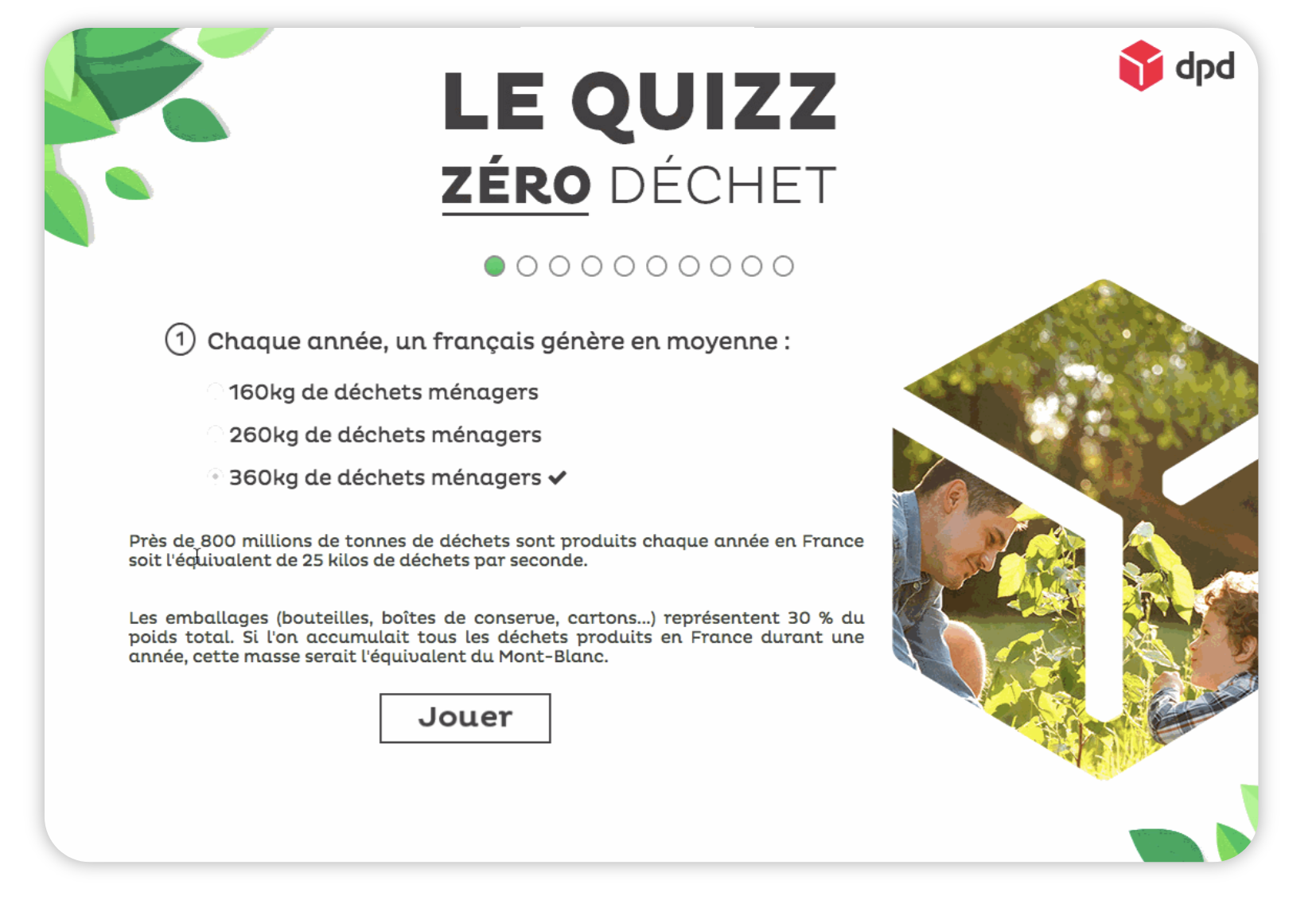
Competitions to engage your community
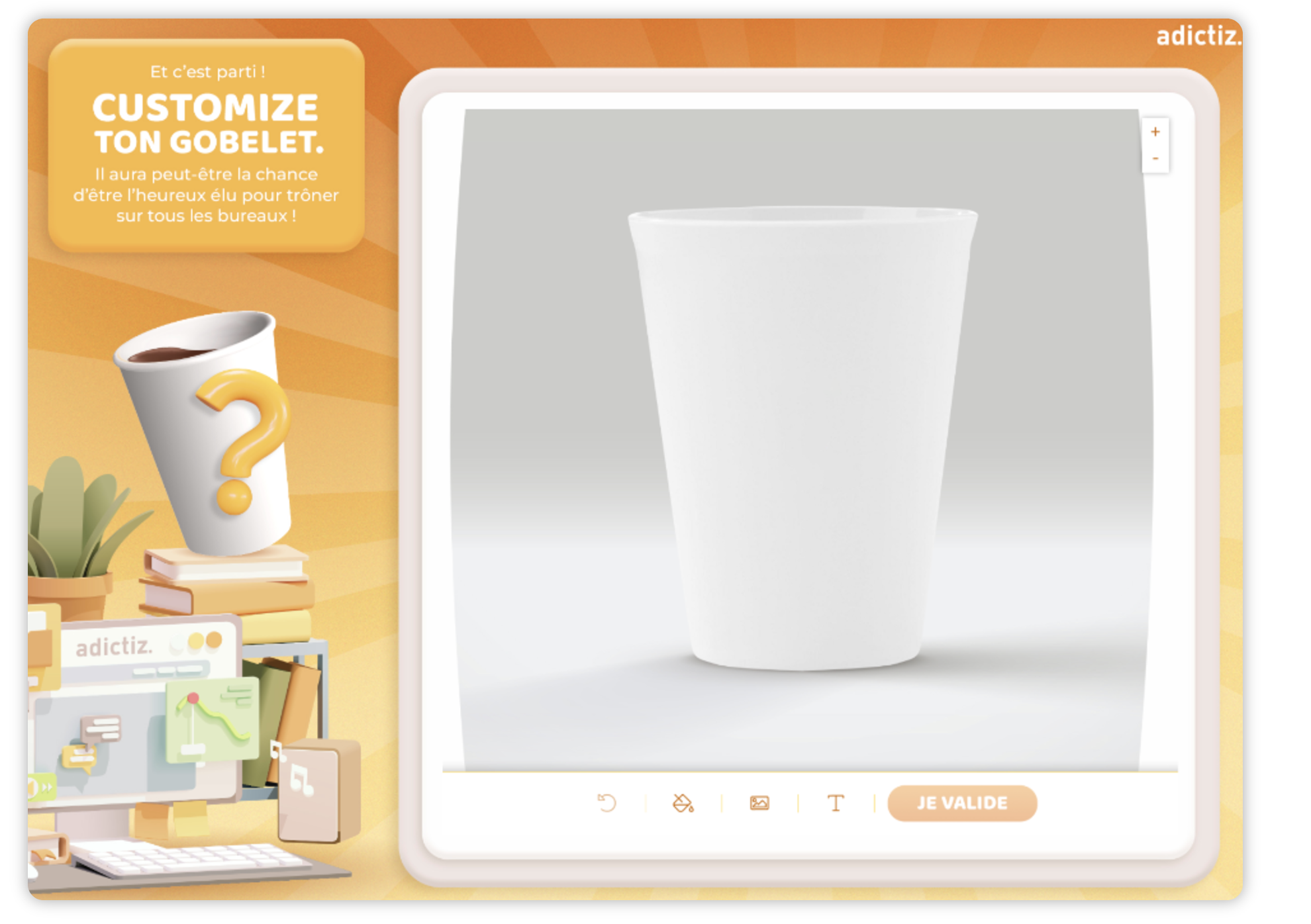
Conclusion
CSR marketing is an excellent way for your brand to create a stronger connection with its prospects and customers, but also with its employees. With Adictiz, you can easily organise interactive games around your company’s Corporate Social Responsibility, and communicate your values and commitments in a more authentic and fun way!




